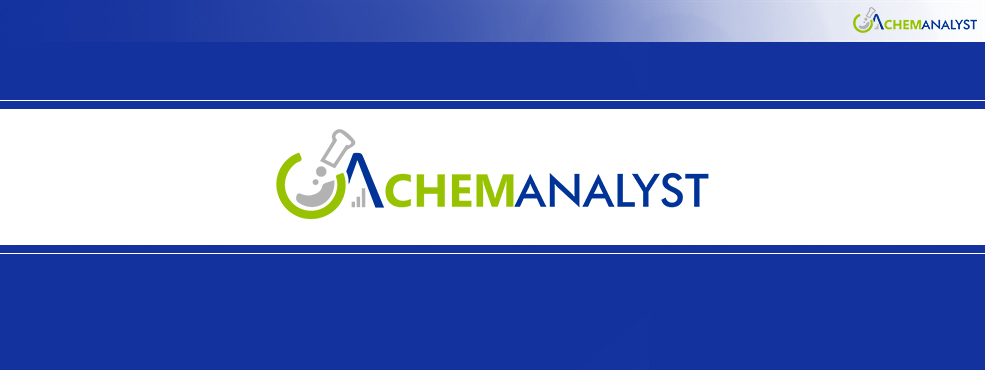Welcome To ChemAnalyst

Chemical recycling in Europe remains in its early stages, constrained by unfavorable economics despite looming regulatory mandates and corporate sustainability goals. A new Bain & Company report estimates that more than €400 billion in cumulative capital expenditures will be required for the sector to become competitive with virgin plastics. Achieving cost parity could take 20 to 30 years, presenting an opportunity for plastics producers to move early and establish leadership.
Currently, recycling polyolefins—a widely used class of thermoplastics—costs more than twice as much as producing virgin material. Limited volumes and price-sensitive demand mean that market forces alone won’t drive the transition. The report notes that policy intervention will be essential. Drawing parallels to mandates in sustainable fuels, Bain suggests that gradual blending requirements for recycled plastics could close the supply-demand gap and help scale chemical recycling.
For example, country- or region-level mandates that increase market penetration by just 1 to 2 percentage points annually could lead to a 15% market share for chemical recycling by 2040. This approach offers a steady ramp-up, manageable capital outlays, and modest margin impacts without triggering material switching.
In the long run, advancing technologies and operational efficiencies are expected to narrow the cost gap. Innovations across the recycling chain—from waste sorting to pre-treatment—are already underway. According to Mark Porter, head of Bain’s global Chemicals practice, “Chemical recycling could reach cost parity with virgin production once 650 million metric tons of polyolefins are recycled globally via pyrolysis.” This would assume a virgin plastic price of €1,250 per metric ton and favorable market conditions, including gate fees.
Reaching this milestone would require a global cumulative capex of at least €400 billion, including a €270 billion cost premium. This premium encompasses higher customer prices, regulatory incentives, and margin sacrifices across the value chain.
Porter emphasized that a systemwide approach backed by regulation is key. “Once scale reaches critical mass, chemical recycling can shift from a subsidy-dependent push to a market-driven pull,” he said. “That tipping point could transform the industry’s economics.”
Bain outlines three strategies for plastics producers aiming to lead. First, proactively build offtake partnerships across the value chain to secure premium feedstocks and high-value customers. Second, engage with regulators to shape favorable policy frameworks and shift public perception about plastics’ sustainability potential. Third, stay agile—embracing new business models, sourcing methods, and long-term agreements with dynamic pricing to gain lasting competitive advantage.
For companies willing to act decisively, the window is open to lead Europe’s chemical recycling transformation.
We use cookies to deliver the best possible experience on our website. To learn more, visit our Privacy Policy. By continuing to use this site or by closing this box, you consent to our use of cookies. More info.
